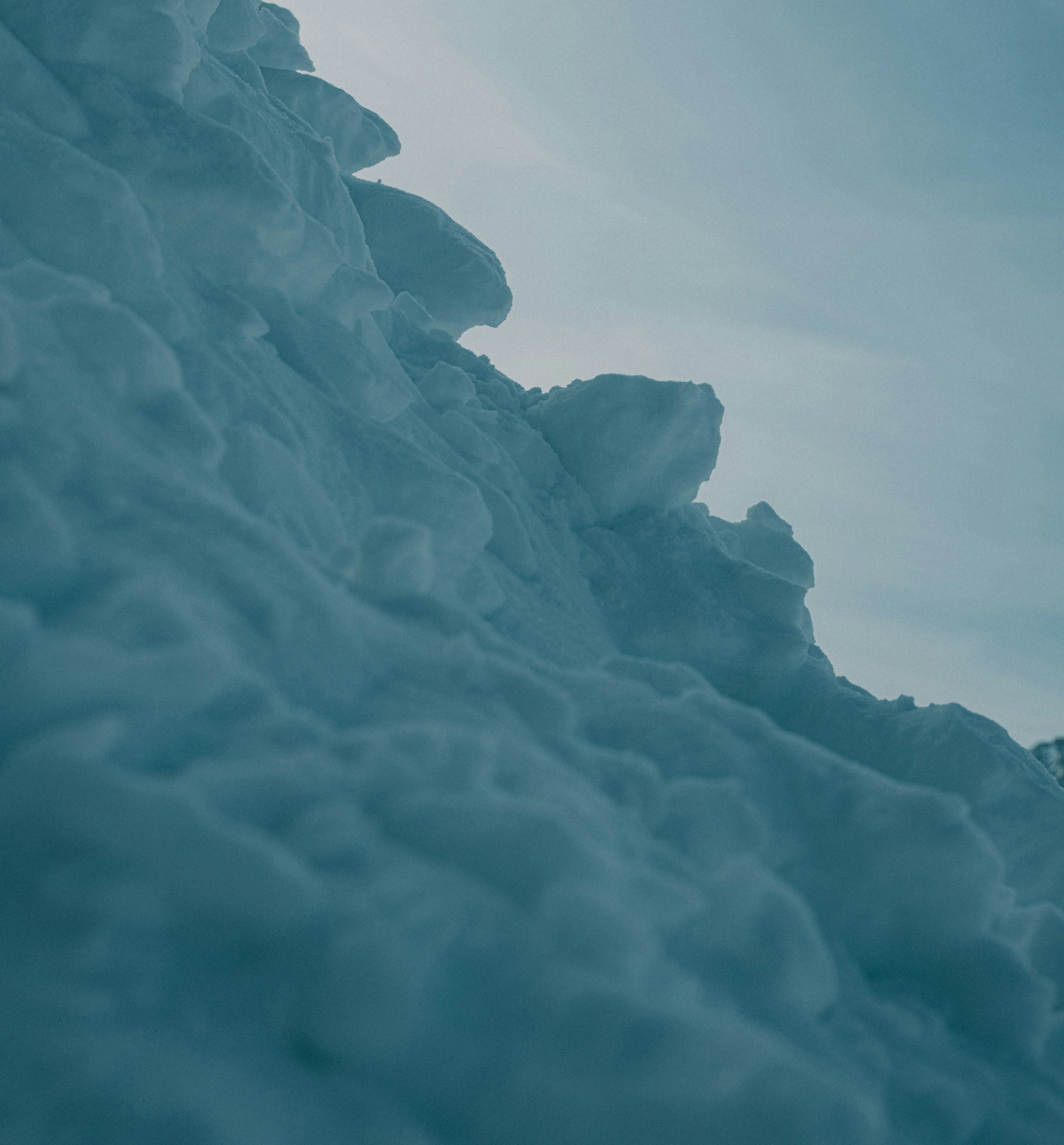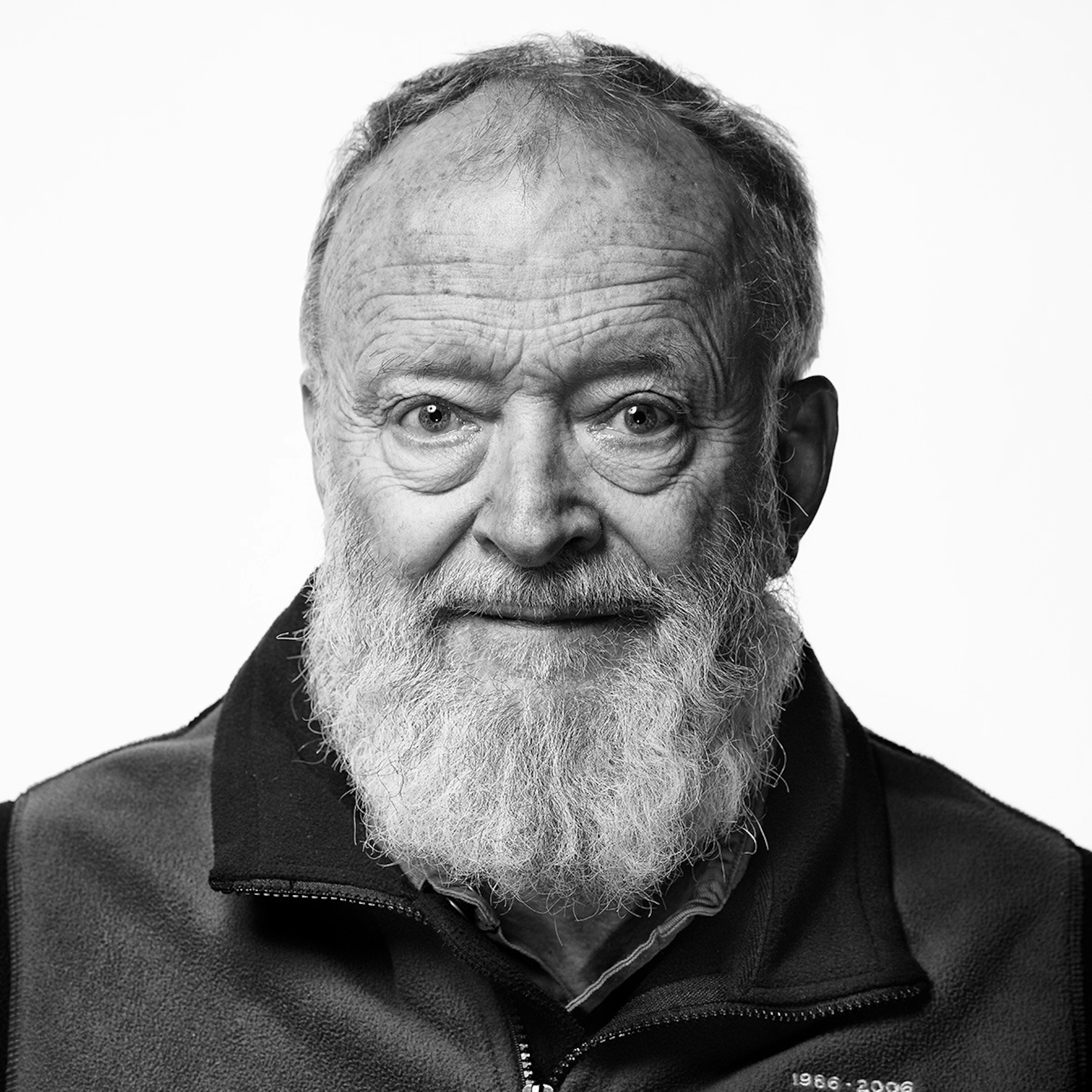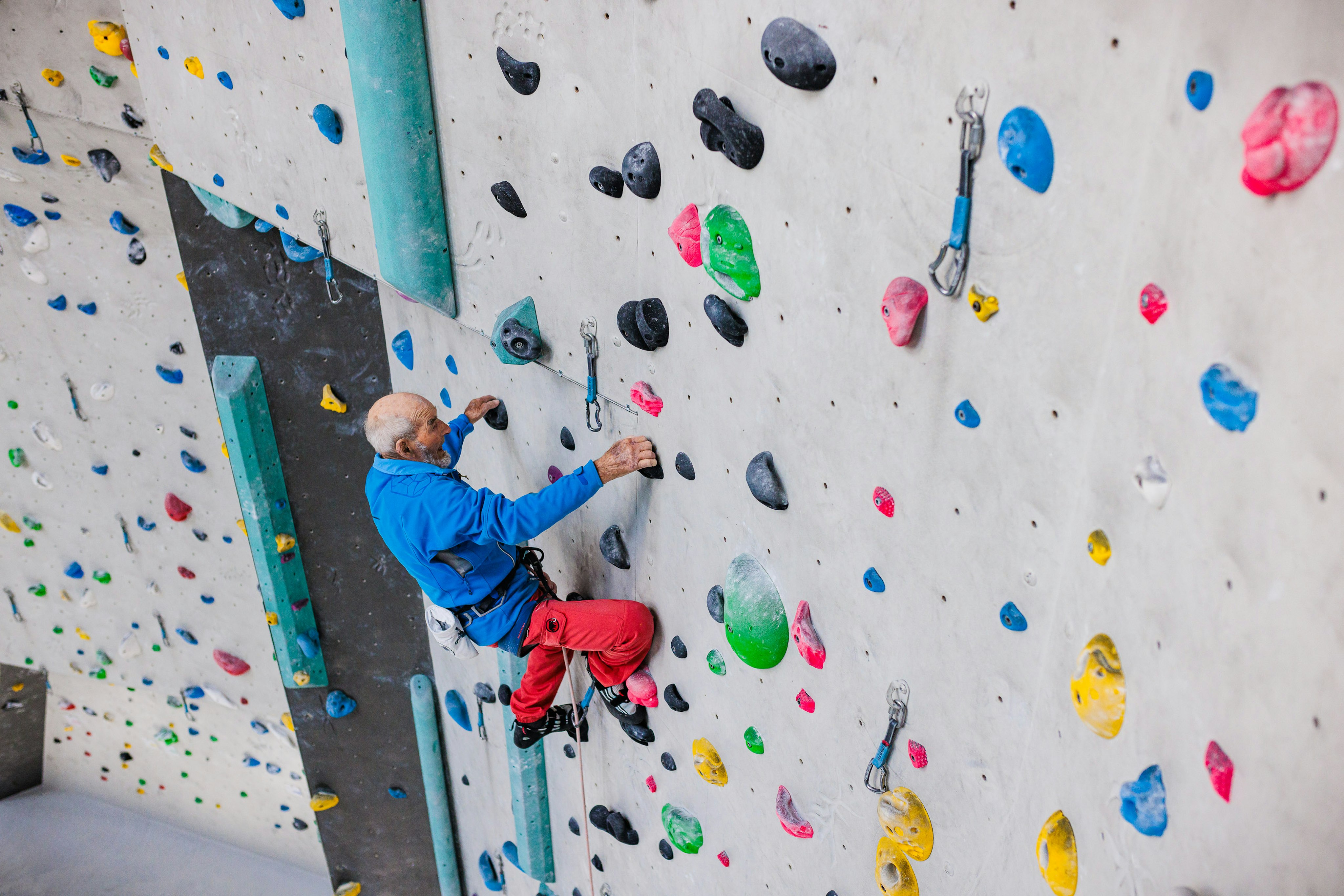Testing the boundaries of the textbook

@ Tim Banfield
Tim Banfield
Alex Phillips
When Tim Banfield turned on his avalanche beacon to find his friend Michelle Kadatz buried four meters beneath him, he realized this rescue was not going to follow the textbook.
When taking an avalanche safety course, you learn what to do when things don’t go to plan. But in a real emergency, every situation is different. Ice climbing photographer Tim Banfield was out with two friends - climbers Michelle Kadatz and Maia Schumacher - for what they assumed was going to be a relaxing day scouting a few routes. But after missing the warning signs of the warming temperatures and the subtle details of the avalanche forecast, a startling turn of events saw Michelle buried four meters deep under an avalanche. What came next was one of the deepest companion rescues on record. Following on from our short film “Four Meters Deep”, we spoke to Tim about how he and Maia did what many thought to be impossible and how he hopes their story builds sensitivity around how rescue protocols are taught.
What was the plan for that day?
I was supposed to go shoot ice climbing, but I got a text or call from Maia and Michelle at 7:00 in the morning asking if I wanted to join them. They wanted to go to that zone because Michelle was checking out two routes for alpine and ice climbing, and I was wondering if I could shoot the ice climbing one from the ground, so I went with.
You started the day skinning up a groomed cross-country skiing track and knew it to be one of the most popular summer hiking routes in the Rockies. Do you think that caused you and the group to have your guard down a bit?
It was the exact type of terrain the forecast warned about, but I know I missed it because I read it too quickly. The thing is, it’s an incredibly popular summer location that isn’t high consequences during those months - but that changes in the winter. Where the avalanche went is a steep aspect that is totally unsupported. As a hiker or trail runner, you might not notice it, though - because the switchbacks are there to make it feel not steep, and the whole face is only about 300 or 400 meters in total. Even so, it is still serious mountain terrain, especially in the winter.
“And I was just standing there thinking, 'well, that’s f***ing never going to happen. Either we get her an airway, or she dies.'”
You slipped and fell when trying to get down to Michelle and Maia after the avalanche was triggered. What went through your mind?
I was thinking about how I couldn’t get hurt. Even if I had had a small injury like a sprained wrist, it could have meant Michelle wouldn’t have survived because I would have been slower while shoveling. The margins for success were so small.
What were your first thoughts on how you were going to attempt a four-meter rescue with only two of you to dig?
With deep burials, it is often taught that you’re going to have a small group of people available to help, which would then allow you to have a coordinated plan and a digging rotation cycle to maintain energy. And I was just standing there thinking, “well, that’s f***ing never going to happen. Either we get her an airway, or she dies.” We also needed to get to her as quickly as possible without having the hole collapse in on us. We basically dug down a meter, and then built a landing pad to get the snow out, so it wouldn’t roll back in on us. You can think of it as three platforms over four meters. I would shovel down and Maia would shovel the snow out even further.
"I would like to think that our event proved that there might be another way it could be done."
The thing that confused me the most when I read the report and saw the pictures was the physics of it all. Can you describe exactly how you needed to move?
Basically, we were doing full range of motion squats, digging below our feet instead of waist level. The last 50 to 100 centimeters, I was kind of upside down, trying to shovel back over my shoulder and intentionally doing it so that I wasn’t wasting any time. When we could finally give Michelle an airway, we were obviously very far from getting her out, so I basically covered her head with a makeshift tent situation, so her face wouldn’t get buried again.
During the rescue, did you and Maia think about your own safety?
The short answer is yes. There were definitely concerns of secondary avalanches and that was discussed. You’re going through all the motions of a rescue, but there are still inherent hazards.
What about the cold? One of the dangers with rescues, particularly in the winter, is forgetting that both the patient and rescuer need to be aware of their body temperature in addition to whatever else is going on, so they don’t get hypothermia themselves.
We had given Michelle our jackets as we got the rest of her out, so she wouldn’t get hypothermic. But that meant I was only in a very sweaty base layer, and I ended up being the one who was cold when the helicopter arrived. At one point, I had to stop and get water because I cramped up so intensely. That’s when the photos of the event came to fruition.
Are there any changes you’ve made to your packing list since?
We had one communication device with service – an inReach – between the three of us, and it was with Michelle. Fortunately, it was at the top of her backpack, so it was right there next to her head, but neither Maia nor I knew how to use, so we lost time there. Now, I would want at least two communication devices between a group of three people. I would also bring a heavy puffy. Even if you don’t stop for long when touring and don’t want that extra weight, you really don’t want to spend the night out in a summer puffy alone.
These are all great lessons of how the little details can really impact a day in the mountains. What would you want people to take away from this story?
Even with a moderate-low forecast and thinking it was just a glorified hike, there were plenty of reasons in hindsight of why we shouldn’t have been there. But previously, it was implied that for a burial this deep, you’re going to have this structured plan with so many people involved to have any chance of survival. I would like to think that our event proved that there might be another way it could be done. I’ve since talked to avalanche and rescue professionals around the world and hope this story gives perspective on where people might lose time or think they need to follow a narrow protocol. When these things happen, you have to act quickly and smartly with the resources available to you.

